Stringent Safety Regulations
The implementation of stringent safety regulations is a significant driver for the Automotive Seatbelts Market. Governments worldwide are enforcing regulations that mandate the inclusion of advanced safety features in vehicles, including seatbelts. These regulations aim to reduce road fatalities and injuries, thereby compelling manufacturers to enhance their safety offerings. Compliance with these regulations often requires the adoption of innovative seatbelt technologies, which can lead to increased production costs but ultimately benefits the Automotive Seatbelts Market. As regulatory bodies continue to prioritize occupant safety, the demand for compliant and advanced seatbelt systems is expected to rise, driving market growth.
Increasing Vehicle Production
The rising demand for automobiles is a primary driver for the Automotive Seatbelts Market. As vehicle production escalates, the need for safety features, including seatbelts, becomes paramount. In recent years, the automotive sector has witnessed a surge in production rates, with millions of vehicles manufactured annually. This trend is likely to continue, as manufacturers strive to meet consumer preferences for safety and reliability. Consequently, the Automotive Seatbelts Market is expected to expand in tandem with vehicle production, as automakers prioritize the integration of advanced seatbelt systems to enhance passenger safety. Furthermore, the introduction of electric and autonomous vehicles may further stimulate demand for innovative seatbelt technologies, thereby contributing to market growth.
Rising Awareness of Road Safety
There is a growing awareness regarding road safety, which significantly influences the Automotive Seatbelts Market. As consumers become more informed about the importance of safety features in vehicles, the demand for high-quality seatbelts increases. Educational campaigns and government initiatives aimed at promoting safe driving practices have led to a heightened focus on the necessity of seatbelt usage. This cultural shift is reflected in the increasing sales of vehicles equipped with advanced seatbelt systems, which are designed to provide enhanced protection. The Automotive Seatbelts Market is likely to benefit from this trend, as manufacturers respond to consumer demands for improved safety features, potentially leading to innovations in seatbelt design and technology.
Growth of the Automotive Aftermarket
The expansion of the automotive aftermarket is another key driver for the Automotive Seatbelts Market. As vehicles age, the need for replacement parts, including seatbelts, becomes essential. The aftermarket segment is witnessing growth due to an increasing number of older vehicles still in operation, which require maintenance and safety upgrades. This trend presents opportunities for manufacturers to supply high-quality replacement seatbelts that meet safety standards. Additionally, the rise of online retail platforms has made it easier for consumers to access aftermarket products, further stimulating demand. Consequently, the Automotive Seatbelts Market is likely to experience growth as aftermarket sales contribute to the overall market dynamics.
Technological Innovations in Seatbelt Design
Technological advancements play a crucial role in shaping the Automotive Seatbelts Market. Innovations such as pre-tensioners, load limiters, and smart seatbelt systems are becoming increasingly prevalent. These technologies enhance the effectiveness of seatbelts in protecting occupants during collisions. The integration of sensors and connectivity features into seatbelt systems is also gaining traction, allowing for real-time monitoring of seatbelt usage and occupant safety. As manufacturers invest in research and development to create more sophisticated seatbelt solutions, the Automotive Seatbelts Market is poised for growth. The introduction of these advanced technologies not only improves safety but also aligns with consumer expectations for modern vehicle features.


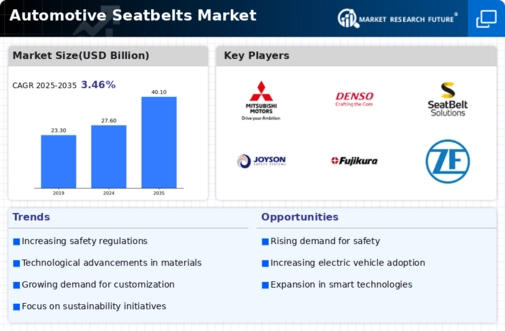
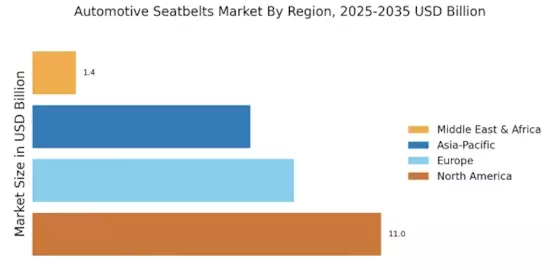
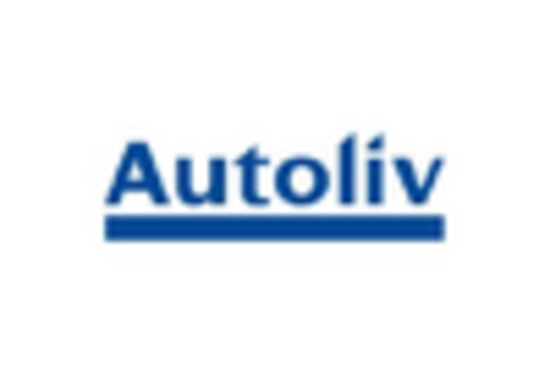

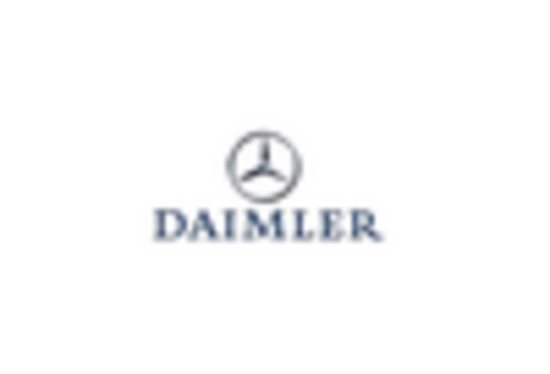
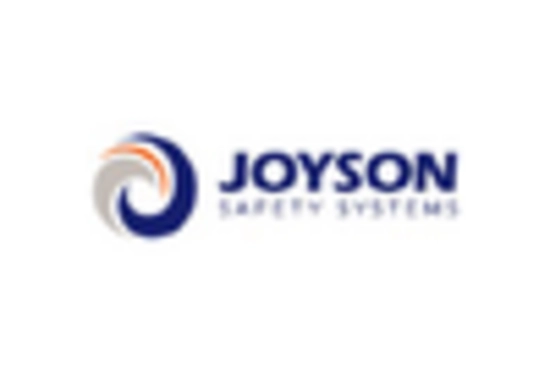
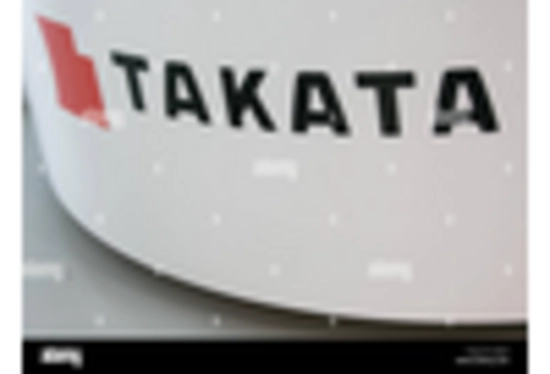
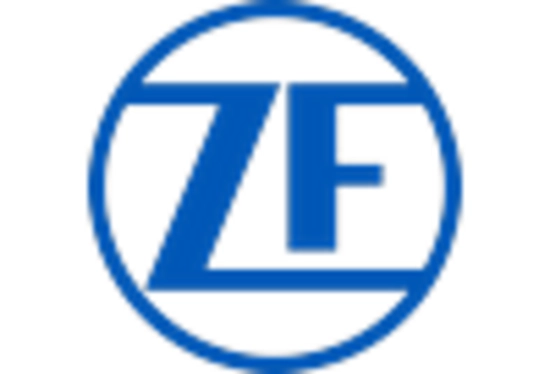








Leave a Comment